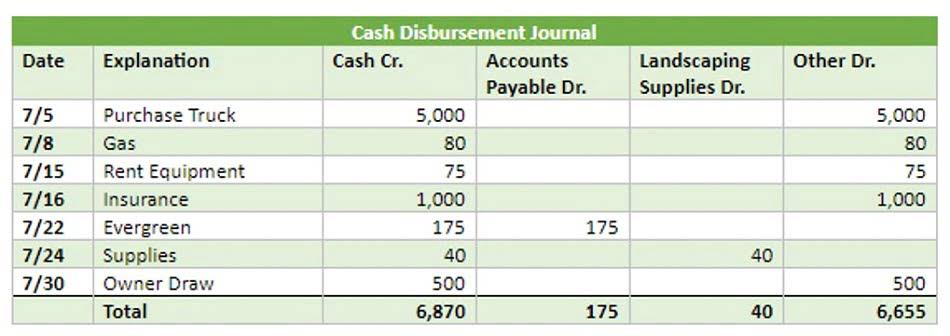Margin vs Markup Top 6 Differences with Infographics

Best of all, you can update inventory right from your smartphone, whether you’re on the job, in the warehouse, or on the go. In fact, the easiest way to start pricing your goods is to research what similar companies are charging customers. You want your business to turn a profit, but you also want to retain customers and offer value.
Free Ebook: Getting Started With Inventory Tracking
Markup calculations are best used for setting a competitive pricing strategy, while margin calculations are critical for financial reporting and monitoring the health of your business. To reach a desired gross margin, you can use the inverse of the gross margin formula to determine sales price. Besides this, the software’s facilitation of inventory control, warehouse management, and shipping reduces operational costs. This translates into wider gross and net margins and, hence, greater price-setting flexibility for the business.
Difference Between Margin and Markup
Understanding your markup is crucial to ensure you’re pricing products correctly and generating sufficient revenue to cover your costs and make a profit. To calculate the selling price, you can multiply the cost of goods sold (COGS) by the markup percentage, then add the COGS back to obtain the selling price. Understanding your company’s profit margin is crucial to evaluate financial performance and make informed decisions. To calculate profit margin, you’ll first need to subtract explain the difference between a markup and a margin the cost of goods sold (COGS) from the selling price. Then, divide the result by the selling price and multiply it by 100 to get a percentage. A higher profit margin means the company generates more profit per dollar of revenue earned, which is generally acceptable, and is operating efficiently and effectively controlling its costs.
Careers in Sales
A key measure of financial health, margin focuses on profit as a proportion of revenue (selling price) and indicates how efficiently a business converts sales revenue into actual profit. It is the difference between the cost of production/purchase of a product or service and its selling price. It is the gross profit margin for a particular transaction, i.e. the profit earned on a product or service, expressed as a percent of the selling price of that item. Profit margin refers to the revenue a company makes after paying COGS. The profit margin is calculated by taking revenue minus the cost of goods sold. The percentage of revenue that is gross profit is found by dividing the gross profit by revenue.
Margin and Markup Calculations: Determining Selling Prices Using Both Strategies
Remember, a good margin could ensure you’re generating a profit and a good markup can help you set the appropriate price. And getting them both right could mean optimal profitability which will drive your business towards its financial targets. Now that you know the differences between margin and markup and how to calculate them, you must understand which situations to use these formulas. Now, inputting the selling price into the profit markup formula, we find the clothing store implemented a $25 profit markup. Let’s dive into the specifics of these terms to help you better understand the difference between profit margin and markup. Brixx is a financial forecasting and reporting tool designed to streamline your financial management tasks.

By taking these factors into consideration, you can ideally maximize profit. The main difference between profit margin Accounting Periods and Methods and markup is that margin is equal to sales minus the cost of goods sold (COGS), while markup is a product’s selling price minus its cost price. Lastly, some businesses incorrectly calculate their margin percentage by relying on the selling price alone. It’s important to calculate margin correctly by subtracting the cost from the selling price and dividing by the selling price. This ensures a more accurate picture of profitability and allows businesses to make informed pricing decisions.


A mistake in the use of these terms can lead to price setting that is substantially too high or low, resulting in lost sales or lost profits, respectively. There can also be an inadvertent impact on market share, since excessively high or low prices may be well outside of the prices charged by competitors. Defining the key differences between margin and markup can yield valuable financial insights for businesses.
- Both profit margin and markup are important concepts and can be used to help you price your products effectively.
- Therefore, decide on a desired profit margin and then using the cost, calculate the selling price that delivers it.
- More detailed definitions can be found in accounting textbooks or from an accounting professional.
- However, if you’re looking at performance, you’ll want to look at margins to assess past sales.
- You want your business to turn a profit, but you also want to retain customers and offer value.
You may want to read about the 6 Reasons for Low Profitability and Margins in Businesses. Understanding the relationship between margin and markup is vital for a business. Do the math wrong, and you may lose money without even Accounting For Architects realizing it. Much like the analogy of a cup being half full or half empty, margin and markup are two different outlooks on the relationship between price vs. cost. A margin is more concerning sales, while the latter is more concerning a value derived from the manufacturing cost.
- This distinction in calculation methods has a direct impact on the selling prices and profit amounts when using markup vs margin strategies.
- Each strategy has its advantages and drawbacks, and the choice between them should depend on the specific needs and goals of the business.
- To ensure the business is on track with its objectives, KPIs are laid out and measured over time.
- It is also expressed as a percentage and represents the profit margin as a proportion of the cost price.
- Markup helps businesses determine the price at which they need to sell products to cover their costs and generate profit.
- Now, inputting the selling price into the profit markup formula, we find the clothing store implemented a $25 profit markup.
The margin strategy can be beneficial for businesses operating in competitive markets, as it allows for greater flexibility in pricing and helps maintain a competitive edge. However, the margin strategy may require ongoing monitoring and adjustment as market conditions and consumer preferences change. When deciding between markup vs margin strategies, businesses should consider the impact of each approach.
